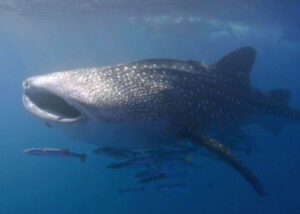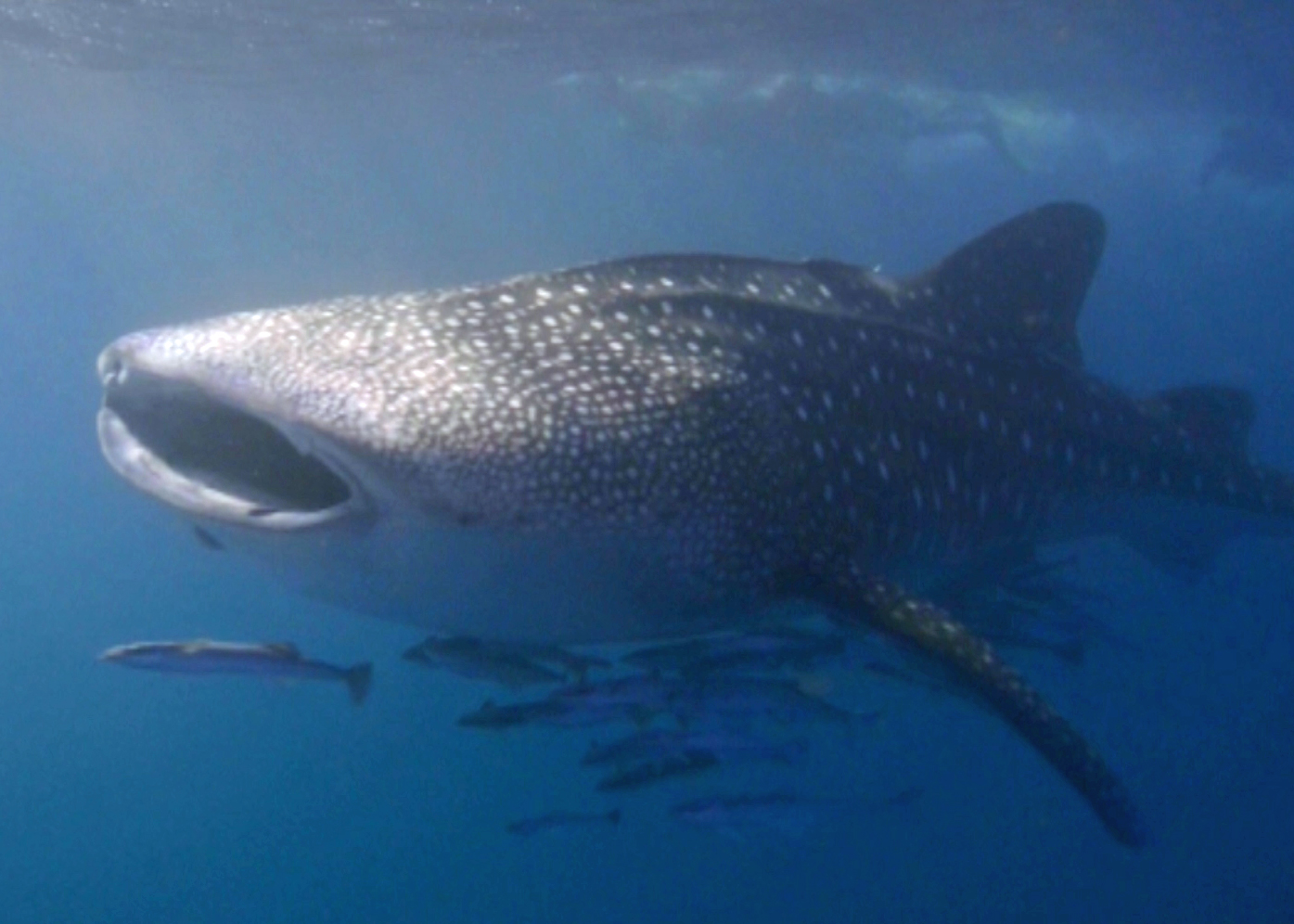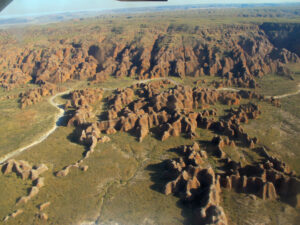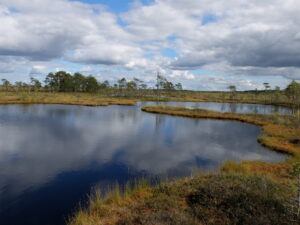
You might think that finding an animal called a whale shark so you could swim alongside it would be relatively easy. It’s big, right?
In reality, doing this can seem more like a military operation. Spotter planes circle overhead, though we never actually spotted one of those ourselves. The pilot and crew from Ningaloo Reef Dives peer vigilantly across the ocean surface like Ahab’s sailors. Then the troops need to be prepped and drilled: how to enter the water (like a Navy SEAL, they said, by sliding into the ocean, fins easing in first, to avoid a splash that might spook shy sharks), how to avoid contact to protect the animal and yourself, how to follow the leader, how to quickly hoist yourself onto the bobbing back ledge of the boat and scramble clear for the next person. At least, the crew on our expedition was a lot more polite than the military: “Way to go, mate. Well done, big fella. That’s the way, girl.”
With the drill over, and troops readied for the main action, we wait, building up anticipation as we head north up the coast from Coral Bay in our quest. The seas are entertaining enough in the mean time. We putter by dozens of humpback whales – some cruising along the surface, blowing steam; some turning their flukes up and diving; some playfully flipping over.
Then, suddenly, the moment comes. We put on our full kit – mask, snorkel, fins – then skitter our butts along the floor to avoid stumbling with fins and delaying entry into the water. Team one stands out on the ledge, waiting for the signal. The group leader glides into the sea. The on-board wrangler points to the right and says, “Alright, he’s coming your way; get in the water!” The ten of us slip in within seconds, and quickly gather around the leader, gleaming even from afar in her bright yellow jersey. Looking across the surface, she waits, then signals us to put our heads in the water and start swimming.
What do we see? Nothing, dim filtered light cutting through the water, nothing, and then this massive fish glides into view and heads past us.
We all give chase, ensuring – as instructed – that we give him enough personal space to feel comfortable. If you’re not quick enough or move the wrong way, he’s off and you maybe see just a tail waggle in the distance. Then, within a few minutes, the leader signals us to gather so we can get back on the boat. Meanwhile, team two has entered and done their own pursuit.
Wow! OK, awesome! We have a few moments to consider what we’ve just seen. It’s a very, very, very large shark, an adolescent male we’re told, about 6 meters (20 feet) long), the length of the largest of the great white sharks. In our briefing, we had heard that his fellows can live to about 70 years and end up at twice the size or perhaps more. That gives the species first prize as the largest fish in the world.
It has the characteristic fins and tails of a shark, with great fluttering gills toward the front and widespread tiny eyes. His mouth is quite different, like the nozzle of a vacuum cleaner through which he hoovers up plankton or small fish, not arms or legs from people. Across his body are regularly spaced white dots like a large, water-going deer; they form a unique pattern for each animal so recording those markings can let scientists keep track across the oceans. Below his body, as if suckling, and hanging about his fins as well, dozens of other fish called remoras keep pace with him, helpfully nibbling away at parasites on his body. And these remoras aren’t tiny either, perhaps a foot long themselves.
Back on the boat after our first plunge, the pilot steers once more toward the path of the whale shark’s movement. We wait as before on the edge, then we’re back in the water in hot pursuit. And again, and again, alternating with team two.
Our shark turns out to be quite friendly to his un-fishy visitors and very cooperative to our viewing. At times, he hovers just below the surface of the water; at times, he patrols 10 to 20 feet below us. If spooked, we were warned, he could have dived down to 1500 meters and stayed there in the deepest dark for as long as he wanted, far away from us. But our whale shark, we realize, just keeps making a large loop about us as if making it easy for us all to hang together.
We keep going in and out of the water, until the last of our six plunges, when only a few of us decide to continue. The water has been pretty cold, and the brisk breeze out of the water adds quite a chill. But the last opportunity turns out to be the best experience of all. We watch him for nearly ten minutes as he swims slowly, almost still at times. Then, as he gracefully circles, we easily paddle alongside him. We can see him paying attention to us, with a tilt of the head, but completely unconcerned at our presence. At one point, we see a fellow swimmer bobbing unaware on the surface while the whale shark virtually nudges him from below.
Too soon our time was up. We had been with this shark about an hour, the maximum time allowed by regulation for whale shark viewers to hang with any one of them. Yet, as the boat prepared to depart, our new friend seemed, well, forlorn…he remained near the surface alongside the boat, still wanting to connect perhaps with the colorfully costumed people who came to visit him.
On any day, of course, you can have a different experience altogether. Wild animals are, well, wild and mostly unpredictable. Some people we met said that, on their expedition, the boat met up with a half dozen or more whale sharks. Their first three times the sharks zipped by them so fast, they couldn’t see anything. Then the crew asked the swimmers if anyone had bananas. One family proffered theirs; the crew tossed them in the water. Then their luck changed. They were able to swim for awhile with three different whale sharks before they finished.
However it happens, it’s a special privilege to view such an enormous animal and hang out with him for a while. Whale sharks are only found in the temperate zones around the globe, including the Caribbean off Mexico. Sadly, they are an endangered species due to commercial fishing, at least in part for the shark’s fins prized in China and Vietnam, and due to various environmental harms. The shark’s belated and infrequent mating exacerbates that problem: whale sharks only mate when 30 years or older and then only every few years.
But fortunately it’s a very connected world we live in. We can stay in touch with our finny friend online. Because Ed, our videographer, posted its markings, we can receive regular emails from him at www.whaleshark.org whenever he is spotted again.
Perhaps, we suggested, the URL could better reflect the awe-inspiring experience of swimming with a whale shark: surely it should be www.whaleshark.OMG!






Leave your hand and wife in the boat
I know I said this already, but this is way too awesome